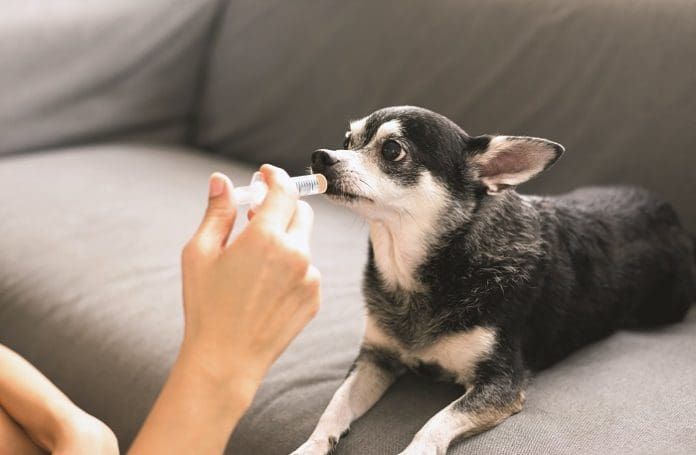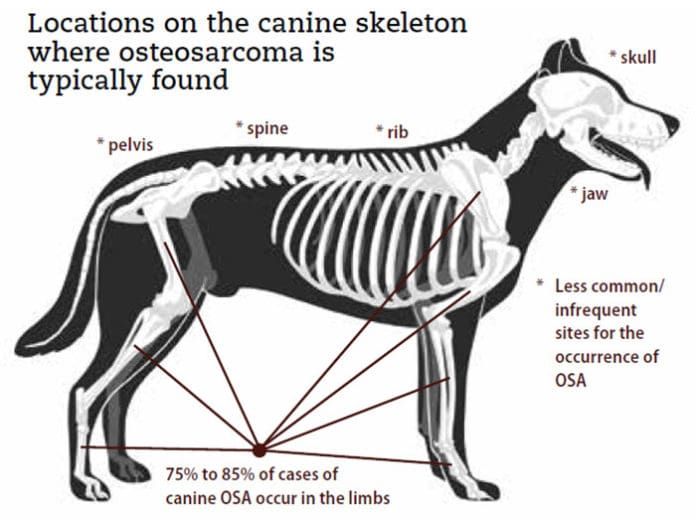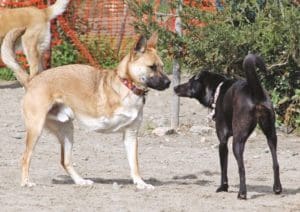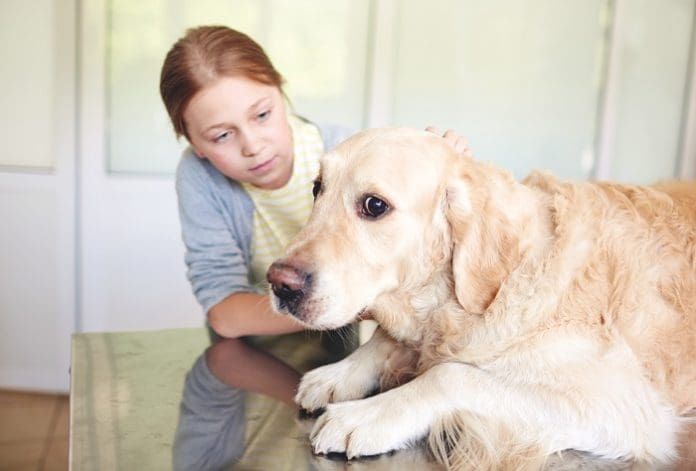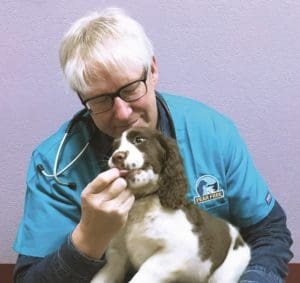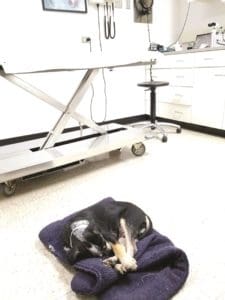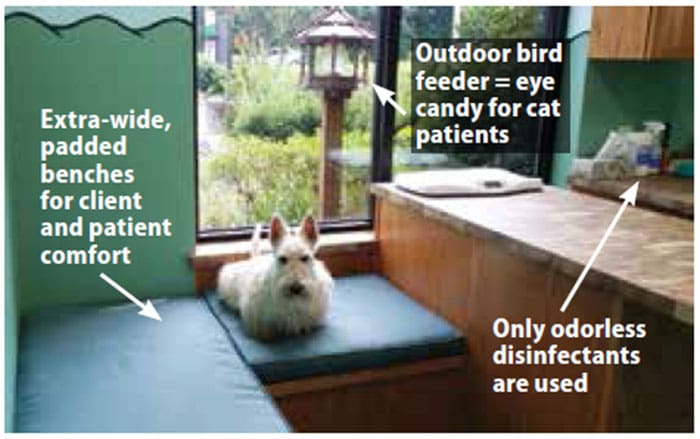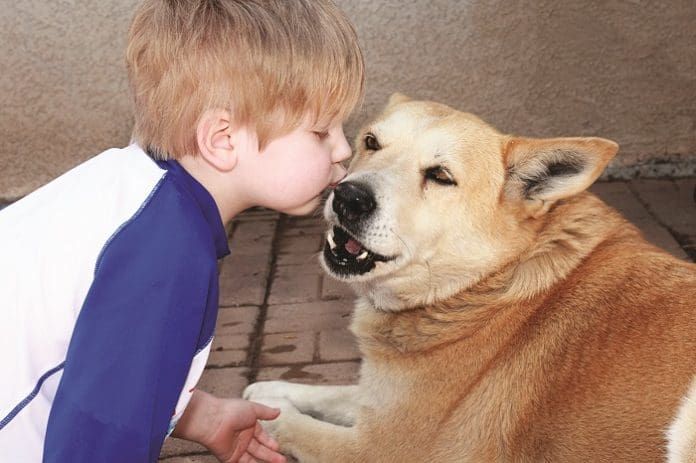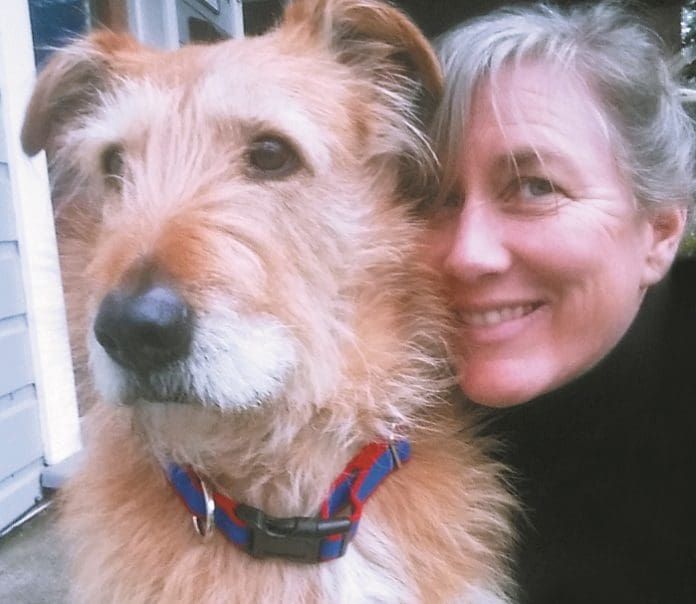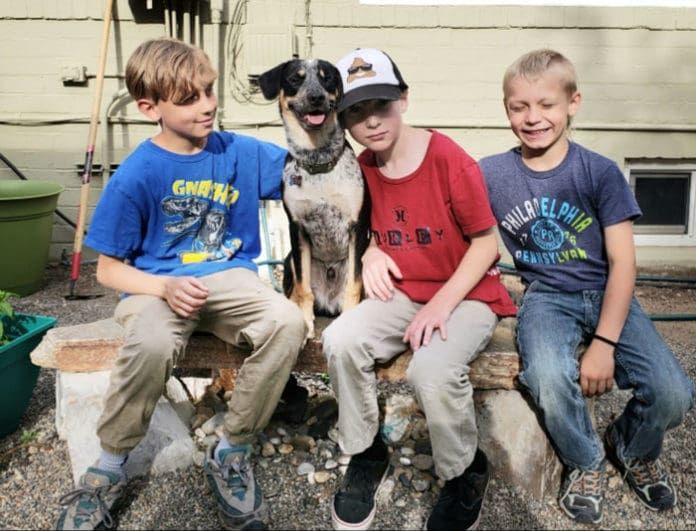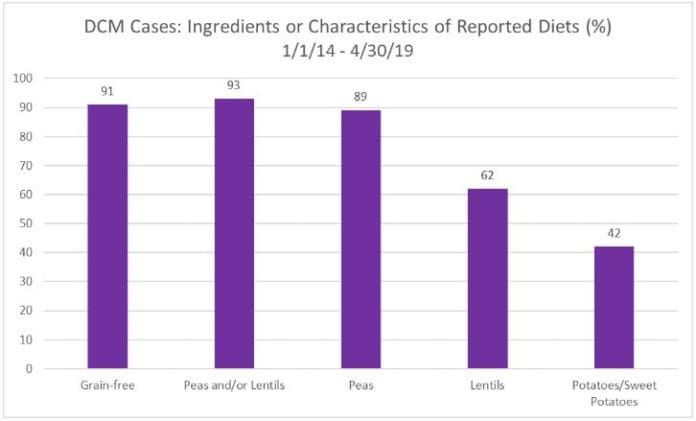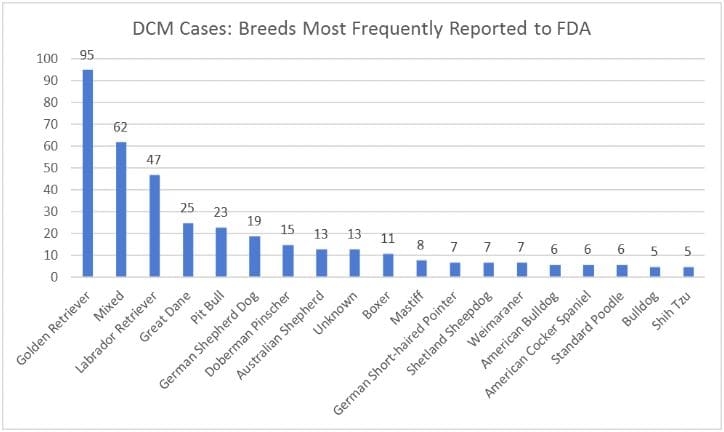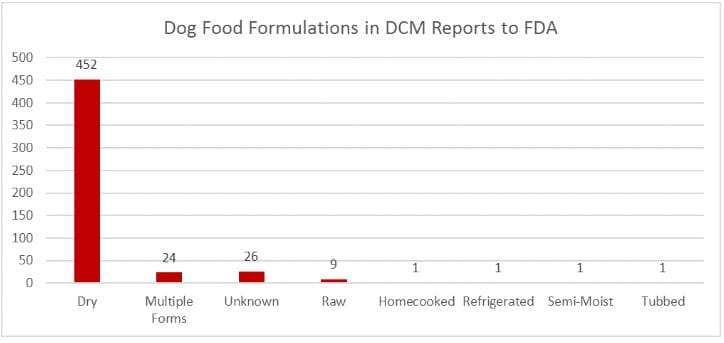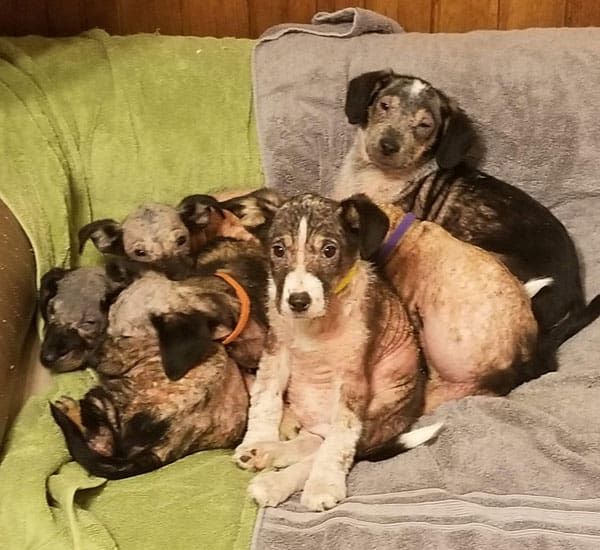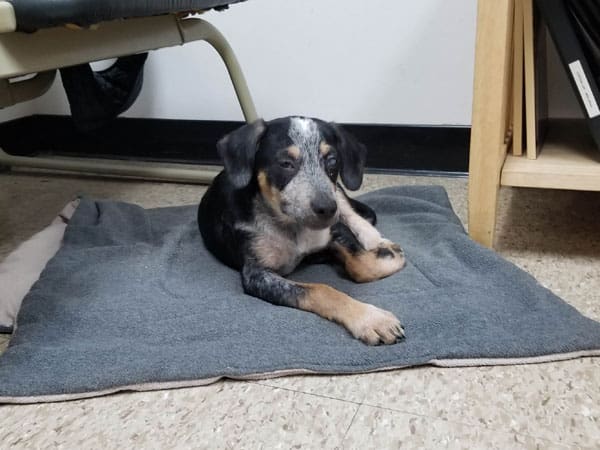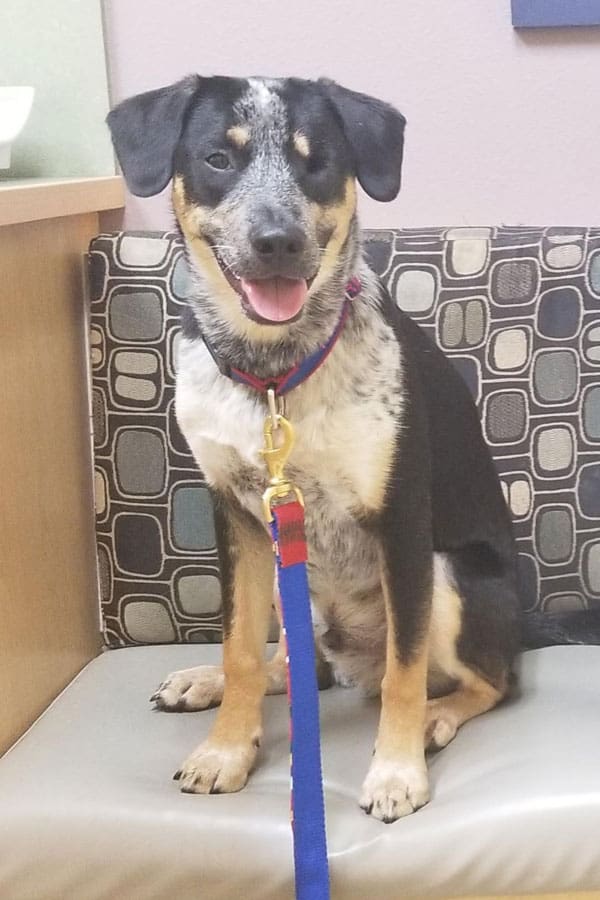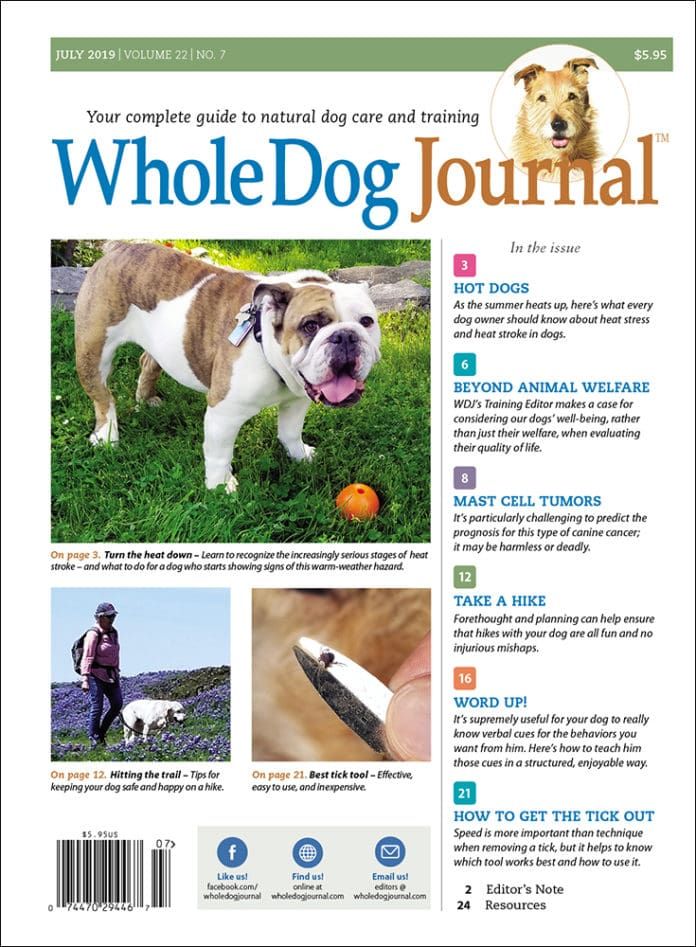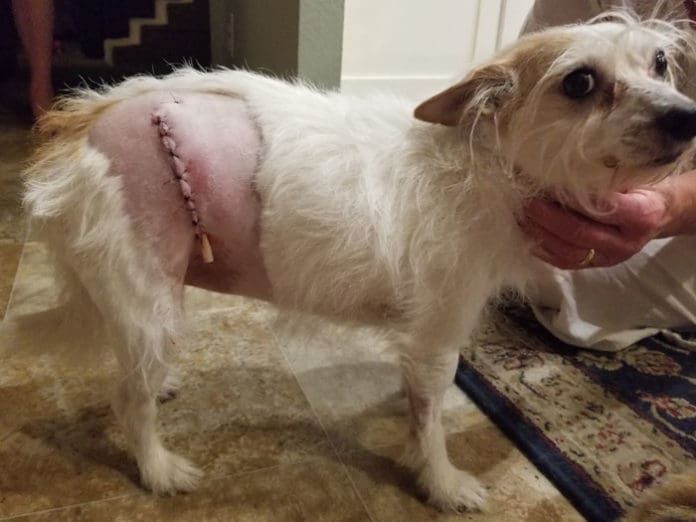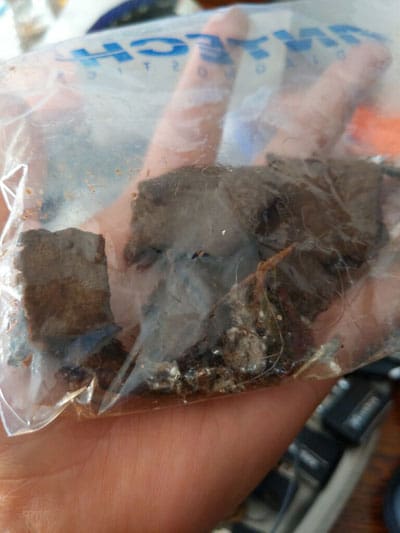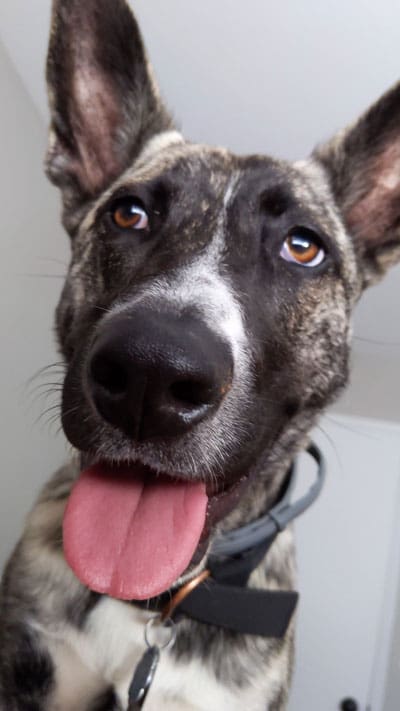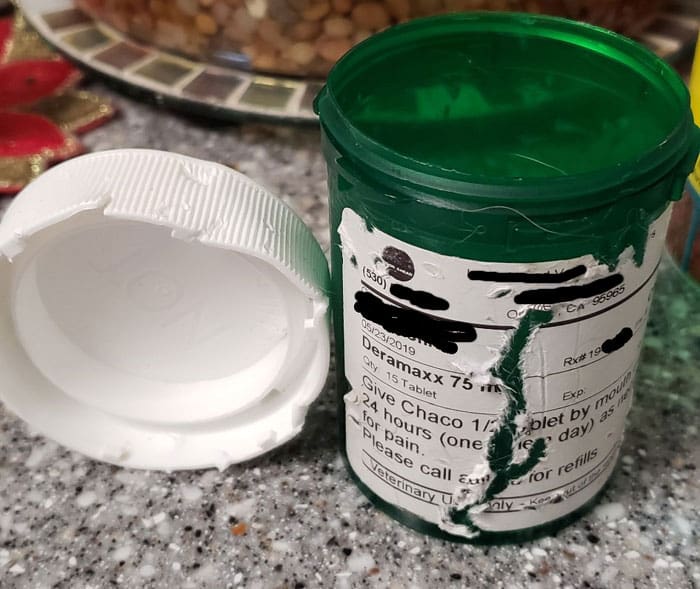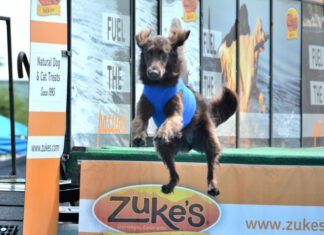It’s everywhere: CBD, the “miracle” drug. Each week, I probably have several clients inform me – their veterinarian – that they are giving this supplement to their dogs. Their intention and hope is that the supplement will cure their dogs of a vast array of disorders, including allergies, seizures, immune-mediated syndromes, and cancer. Despite the fact that the treatment was their idea, and that they found the product on their own – in a health food store, online, or made in a kitchen by someone they know – they often ask me, “What is it, exactly? Do you think it works?”
If you decide to administer products that contain CBD to your dog, you need to be aware that they are untested and unapproved, and that your veterinarian may not have any experience or reliable information about any adverse reactions your dog experiences.
The History of CBD Research and Discoveries
It’s hard to believe that a complex chemical signaling system that helps our bodies maintain homeostasis by sending protein messages between cells was only recently discovered – in the late 1980s, in fact – by researchers who were trying to learn why and how marijuana makes humans high. Weird, but true: The first piece of what has been named the endocannabinoid system (ECS) was discovered by researchers who were trying to figure out what part of the brain is affected by marijuana.
Actually, the word “marijuana” is a pejorative name, popularized in the 1920s, for dried parts of Cannabis plants. Marijuana became the commonly accepted name for the dried flowers and leaves of Cannabis plants, just as tobacco has become the commonly accepted name of the dried leaves of Nicotiana plants.
In 1964, scientists first isolated the chemical compound in Cannabis that causes psychoactive effects in humans and other mammals; it was named Delta-9 tetrahydrocannabinol (THC). This chemical, in both a version that is derived from Cannabis plants and synthetic, chemically reconstructed versions, have been widely studied because of their behavioral effects on humans.
In the late 1980s, still trying to figure out what is responsible for the psychoactive effect that THC has on mammals, researchers found, in the brain of rats, unequivocal evidence for the presence of a specific receptor that “takes up” (responds to) THC. Receptors are chemical structures that receive and transduce signals, and cause some form of cellular/tissue response. The receptor that responded to THC was named CB1 (cannabinoid 1).
The CB1 receptor was subsequently identified in other mammalian brains, including those of humans.
Once the receptor was identified in mammal brains, researchers began to realize that mammal brains contained a lot of these receptors. In fact, once they knew what to look for, they found CB1 to be present in a similar density to receptors for other critical neurotransmitters, including glutamate, GABA, and dopamine. Why on earth do mammals have such a wealth of receptors for chemicals found in Cannabis?
A second cannabinoid receptor, CB2, was discovered in 1993, in a surprising place: a rat spleen. In a very short time, researchers looking specifically for these receptors in humans found a wealth of them – and in a variety of places in the body! CB1 receptors are most plentiful in the brain and central nervous system; CB2 receptors are found widely in the immune system and peripheral organs. Both receptors are also found in the gut.
Of course, the presence of chemical receptors in the body suggests there are endogenous chemicals (chemicals produced in the body – “endo” means inside) that are interacting with those receptors. Molecules that bind to receptors are called ligands, and soon enough, scientists discovered the endogenous ligands for those receptors.
Research into the function of this signaling/responding system – what has been named the endocannabinoid system (ECS) – is current and ongoing. In recent years, scientists have learned that the ECS plays a role in regulating a number and variety of physiological functions, including appetite, temperature, motor control, fertility, mood, and pain, to name a few.
When activated by a loss of homeostasis, the body produces and releases endocannabinoid ligands (cannabinoids made inside the dog’s body), which bring the affected system back into normal balance. Once they are finished with their job, there are also enzymes that help break down the endocannabinoids.
According to “Review of the neurological benefits of phytocannabinoids,” published in Surgical Neurology International in 2018, “Manipulations of endocannabinoid degradative enzymes, CB1 and CB2 receptors, and their endogenous ligands have shown promise in modulating numerous processes associated with neurodegenerative diseases, cancer, epilepsy, and traumatic brain injury.”
We’re getting to CBD . . .
The ingestion of derivatives of Cannabis plants affect humans and other mammals (like our dogs) because they contain ligands that just happen to interact with CB1 and CB2 receptors in our bodies. These chemicals may be referred to as exogenous cannabinoids (“exo” means outside; exogenous means they were made outside the body) or phytocannabinoids (“phyto” means “of a plant”).
Here is a fact that might surprise you: There are more than 100 different cannabinoids found in Cannabis plants. Again, because of its significant psychoactive effects on mammals, THC is the best-known. But the first cannabinoid compound that was identified in Cannabis was dubbed cannabidiol (CBD). Though it is quickly rising in the Cannabis-sourced cannabinoid popularity contest, when it was first identified (in 1940!), it was more or less dismissed by the chemists who mapped its chemical structure as having “no marihuana activity.”
They were correct: CBD does not have psychoactive effects. But its growing population of fans in the medical community think it may have benefits in relieving pain, nausea, anxiety, depression, and seizure activity, among many other potential benefits in animals that have cannabinoid receptors in their bodies (humans and dogs among them).
Let’s talk about what is known about CBD, what is yet unproven, and why I can’t make any recommendations to my clients, pro or con, about CBD products.
Popularity Boom
The rapidly growing population of CBD fans in the medical community think it may relieve pain, nausea, anxiety, depression, and seizure activity. You may hear even more claims for its purported benefits, but these are the ones that, so far, have the most scientific evidence to support them.
Those claims sound amazing! So why isn’t the veterinary community jumping on the use of CBD for pets? Well, it’s complicated.
For the most part, the claims of CBD’s health benefits for pets are being made on the strength of pharmaceutical company research that has used synthetic analogues of cannabinoids; widespread anecdotal evidence; and very small, very recent studies of CBD on dogs.
The ability to study CBD in research labs was highly compromised until very recently. For many years, pharmaceutical companies that wanted to investigate cannabinoids have had to use synthetic versions. That’s because, in the United States, Cannabis was officially outlawed for any use (medical included) with the passage of the Controlled Substances Act of 1970.
However, in 2018, plants classified as “hemp” – Cannabis species with less than 0.3% dry weight of the psychoactive cannabinoid substance, Delta-9 tetrahydrocannabinol (THC) – were descheduled as controlled substances by the 2018 Farm Bill. This removed significant research barriers for both academic and commercial research into CBD, as well as legal barriers for growing and harvesting these plants, then refining and selling products that contain CBD to the public. In response, the market has been flooded with CBD-containing products for humans and – of particular interest to readers of this journal – dogs!
Supplemental Problems
While this might be a good thing, it does introduce new problems. First, these products are not subject to any regulatory oversight. Why? Because they have been classified as “supplements,” not “drugs.”
Any drug that makes therapeutic claims (prevents, cures, or manages disease) must be approved by the U.S. Food and Drug Administration (FDA). This ensures that the drug is safe and effective.
However, this process does not apply to products that are considered to be supplements, which is how most CBD products are currently treated. By virtue of the Dietary Supplement Health and Education Act of 1994 (DSHEA), supplements may not be labeled or marketed for the prevention, diagnosis, treatment, mitigation, or cure of disease.
Instead, supplement manufacturers can make only “structure or function” claims: They may only “describe the role of a nutrient or dietary ingredient intended to affect the structure or function in humans” (or pets) or “characterize the documented mechanism by which a nutrient or dietary ingredient acts to maintain such structure or function.”
Does that sound like gibberish? A 2018 article entitled “How to Market CBD Products in a Sea of Uncertainty,” published in Cannabis Business Executive (it’s an actual thing) clarified the difference and offered these tips to companies that aspire to produce and sell CBD-containing companies:
What are the Dos for a CBD vendor?
- Do utilize cosmetic claims (“beautifies,” “improves”).
- Do refer to emotions (“decreases irritability”).
- Do use words like “wellness,” “supports,” “maintains.”
- Do refer to general body parts including systems.
- Do use qualifiers like “mild” and “occasional” to differentiate a temporary condition from the symptoms of the disease.
- Do use FDA disclaimer but only with structure/function claims: “These statements have not been evaluated by the Food and Drug Administration. This product is not intended to diagnose, treat, cure, or prevent disease.”
What are the Don’ts for a CBD vendor?
- Don’t use words like “treat,” “cures,” “repairs,” “acute,” “disease,” “chronic.”
- Don’t mention diseases like cancer, fibromyalgia, osteoarthritis.
- Don’t refer to symptoms like fever, coughing, sneezing.
- Don’t use disease claims.
- Don’t recommend any product to augment another drug.
- Don’t recommend a product as a substitution for another drug.
Further, since there is no legally required pre-sale testing or oversight of the production or labeling of supplements, it’s quite possible that there is no resemblance between what a label says and what is actually in the product. No tests are required to determine the purity or safety of any of these CBD supplements – or to confirm the reliability of any testing that a manufacturer may claim to have conducted.
It’s the wild, wild west out there! A study published in the Journal of the American Medical Association in 2015 found that CBD/hemp products were significantly mislabeled and often contained much more or less CBD than reported. Other concerns include purity and adulteration with substances possibly toxic to dogs, such as xylitol.
Current Studies
Those of us who like our supplements to be served along with a healthy dose of scientific data supporting their use are holding off on trying out these products for a bit longer. Other than a handful of small-scale studies looking at the use of CBD oil in dogs, there is no data on veterinary usage. Most available information is individual case studies and/or anecdotal.
So far, there have been only three studies that have evaluated the use of CBD in dogs.
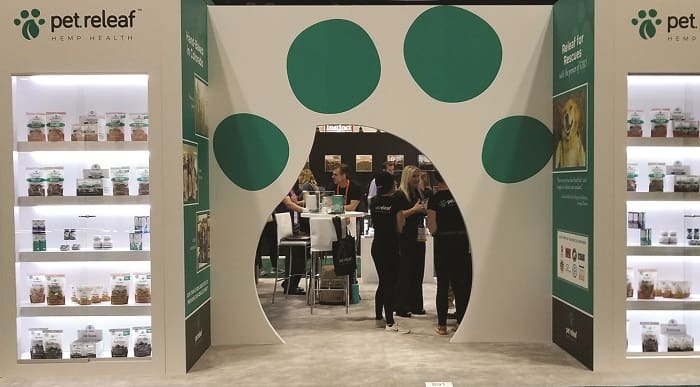
The earliest was published in January 2018 in Frontiers in Veterinary Medicine and evaluated the oral pharmacokinetics, safety, and efficacy of CBD oil. The results showed that CBD in the concentrations used appeared safe, well-tolerated, and to decrease pain associated with osteoarthritis. Serum alkaline phosphatase, a liver value (SAP or ALP) was noted to increase, but this is not uncommon with many drugs, including phenobarbital and prednisone. This is called liver induction and can occur with drugs that rely heavily on liver metabolism. The significance of this finding is not known.
A second study, published in September 2018, evaluated adverse effects when CBD oil was given to a group of 30 healthy research dogs. Several different formulations were used, and despite the differences, all the dogs in the study developed diarrhea. Some also developed elevations in SAP, as in the first study. Overall, the CBD was considered to be well-tolerated but more research is needed on the significance of the associated diarrhea, as well as the liver enzyme increases.

Very recently (June 2019), a study was released evaluating CBD oil used in combination with antiseizure medications in dogs with intractable epilepsy. One group received CBD-infused oil, and the other received a placebo. The seizure frequency did decrease in the CBD oil group, but the results need further study. As in previous studies, SAP was increased in many of the patients.
The American Veterinary Medical Association is actively encouraging well-controlled studies into the uses of cannabinoids at this time. It is also working with the FDA to encourage the development of veterinary-specific products. State veterinary associates are making strides, as well, in addressing the sudden abundance of products and claims.
Veterinary Constraints
Veterinarians and “Legal” CBD Products
There is not a single medication containing CBD that is approved by the United States Food & Drug Administration (FDA) for animals.
In 1994, the FDA introduced the Animal Medicinal Drug Use Clarification Act (AMDUCA), which allows veterinarians to use medications in patients “off-label” – using the drug in a manner that is not in accordance with the approved label directions. Using a drug in this manner can include using a drug in a dose, frequency, or route of administration that is not on the label or in a species for which it is not labeled. So, for example, we may use drugs that are FDA-approved for humans on our animal patients. This must be done within the bounds of a valid veterinary-client-patient relationship.
There is only one Cannabis-derived medication containing CBD that is FDA-approved, and so could conceivably be prescribed or recommended legally “off-label” by a veterinarian for a dog. That drug is Epidiolex, and it is used for the management of seizures in humans with specific types of abnormalities. But the estimated annual cost of this medication is $32,500, making it prohibitively expensive for the majority of dog owners.
One more thing you must know: By law, veterinarians are currently prohibited in every state from dispensing or administering cannabis or cannabis products to an animal patient. It doesn’t matter if your dog suffers a chronic, painful condition or seizures. It doesn’t matter if the product is a supplement (rather than a drug), and you were able to buy it in a pet supply store.
Except for veterinarians licensed in California, Colorado, and Oregon, we can’t even legally discuss CBD products with our clients. Why are veterinarians in those states allowed to talk about it?
In late 2018, California became the first state to pass veterinary-specific legislation that amended the state’s Business and Professions code to allow veterinarians to discuss Cannabis and its derivatives. It also requires that the California Veterinary Medical Board develop guidelines for these discussions by the year 2020. Like every other state, however, California’s code also specifically “prohibits a licensed veterinarian from dispensing or administering Cannabis or Cannabis products to an animal patient.”
The Colorado Veterinary Medical Association’s position statement on what it calls “marijuana and marijuana-derived products” says that the state “recognizes the interest of companion animal lovers and veterinarians regarding the potential benefits of marijuana therapies for a variety of animal medical conditions. Similar to human medicine, there is extremely limited data on the medical benefits and side effects of marijuana products in companion animals.”
Further, the Colorado position statement clarifies that veterinarians licensed in that state “have an obligation to provide companion animal owners with complete education in regard to the potential risks and benefits of marijuana products in animals. . . . Any discussion regarding a specific marijuana product as part of a companion animal’s therapeutic regimen should be consistent with a valid veterinarian-client-patient (VCP) relationship.”
Veterinarians and “Legal” CBD Products
There is not a single medication containing CBD that is approved by the United States Food & Drug Administration (FDA) for animals.
In 1994, the FDA introduced the Animal Medicinal Drug Use Clarification Act (AMDUCA), which allows veterinarians to use medications in patients “off-label” – using the drug in a manner that is not in accordance with the approved label directions. Using a drug in this manner can include using a drug in a dose, frequency, or route of administration that is not on the label or in a species for which it is not labeled. So, for example, we may use drugs that are FDA-approved for humans on our animal patients. This must be done within the bounds of a valid veterinary-client-patient relationship.
There is only one Cannabis-derived medication containing CBD that is FDA-approved, and so could conceivably be prescribed or recommended legally “off-label” by a veterinarian for a dog. That drug is Epidiolex, and it is used for the management of seizures in humans with specific types of abnormalities. But the estimated annual cost of this medication is $32,500, making it prohibitively expensive for the majority of dog owners.
Oregon’s Veterinary Medical Examining Board emailed its members a memo in August 2016 stating, “Veterinarians may discuss veterinary use of Cannabis with clients, and are advised to inform clients about published data on toxicity in animals, as well as lack of scientific data on benefits. Please be aware that a client’s written consent is needed for any unorthodox treatment.”
The states’ legislation and veterinary medical board rulings will likely change quickly, as the landscape of Cannabis use is rapidly evolving. But at the moment, with many veterinarians fearing that they could face legal repercussions for violating their state regulations, few pet owners have much recourse for discussion about CBD with veterinarians.
You Are On Your Own
I’ll repeat this: If you decide to administer products that contain CBD to your dog, you need to be aware that they are untested and unapproved, and that your veterinarian may not have any experience or reliable information about any adverse reactions your dog experiences.
If you are taking your dog to a veterinarian for treatment, tests, or advice and your dog is receiving CBD products of any kind, make sure that the veterinarian is aware of this; ideally, she can alert you to the dangers of any potential adverse drug interactions between the CBD and any prescription drugs (or other supplements) that you may be giving your dog.
Your veterinarian also should be alerted to help you be the lookout for side effects – or perhaps, one would hope, to recognize any signs of improvement in your dog’s health and/or comfort.


